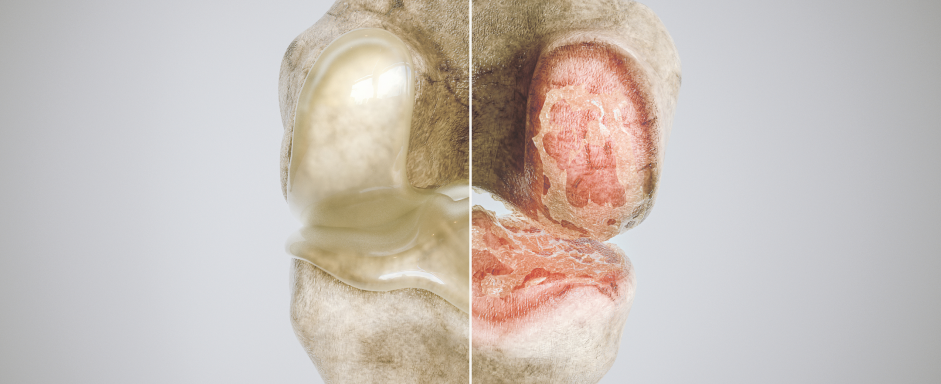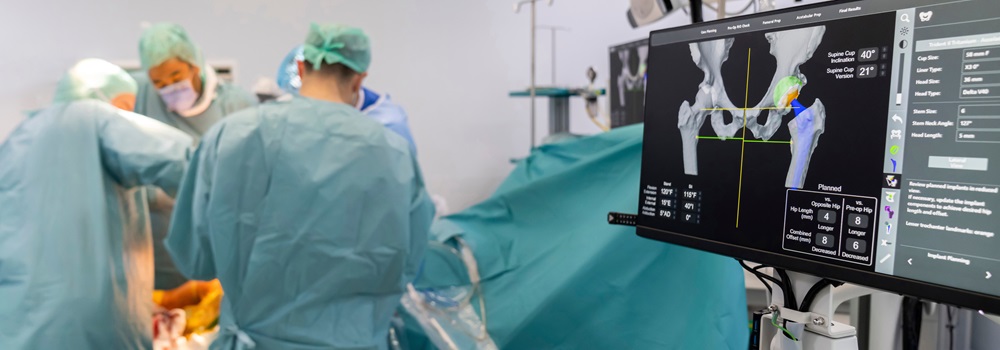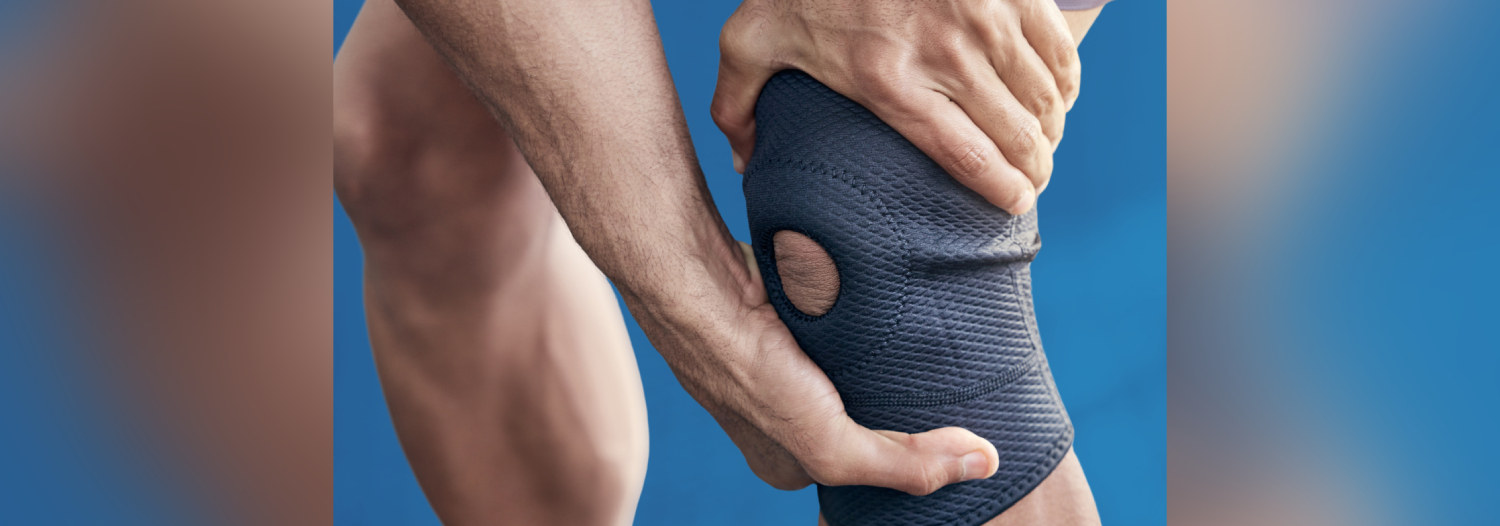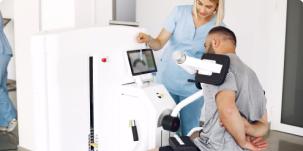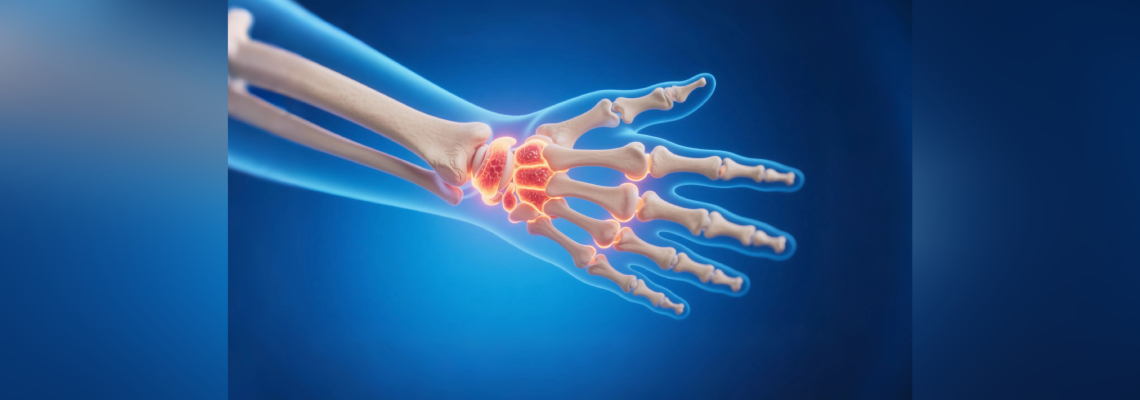Understanding Knee Osteoarthritis: Causes, Symptoms, and Management
Knee osteoarthritis (OA) is a prevalent joint condition affecting millions of individuals globally; it is marked by the deterioration and breakdown of cartilage in the knee joint. This can result in discomfort, rigidity, and limited range of motion, significantly impacting a person's quality of life. In this blog post, we'll delve into the causes, symptoms, and management strategies for knee osteoarthritis. I like to simplify complex situations and use analogies. For Osteoarthritis, I like to use the analogy of tires on a car: Even the best cars that are well taken care of will experience wear and tear of their tires and eventually will need them to be replaced.
Causes of Knee Osteoarthritis
Symptoms of Knee Osteoarthritis
Management and Treatment
Exercise and Physical Therapy
Gentle exercises like swimming and cycling can effectively enhance knee muscle strength and boost flexibility. Physical therapy can also provide tailored exercises to alleviate symptoms.
Weight Management
Sustaining a proper body weight can notably diminish the stress on your knee joints, slowing down the progression of Osteoarthritis and relieving symptoms.
Medications
Over-the-counter pain relievers, like acetaminophen or nonsteroidal anti-inflammatory drugs (NSAIDs), can help manage pain and inflammation associated with knee osteoarthritis.
Injections
Corticosteroid injections or hyaluronic acid injections directly into the knee joint can provide temporary relief from pain and improve mobility. There are newer biological options available as well: PRP (platelet-rich plasma) and PRF (platelet-rich fibrin) and more.
Assistive Devices
Utilizing supportive tools such as a walking cane or a brace can help support the knee and reduce pressure on the affected joint.
Lifestyle Modifications
Making modifications in your daily activities, such as avoiding prolonged standing or kneeling, can help manage the symptoms and prevent further damage.
Surgery
In severe cases, when conservative treatments don't provide relief, surgical options like knee replacement surgery may be considered.
Conclusion
Knee osteoarthritis is a chronic condition that requires ongoing management to alleviate pain and improve quality of life. Understanding the causes, recognizing the symptoms, and employing appropriate management strategies can significantly aid in managing this condition effectively. If you suspect you have knee osteoarthritis, seeking guidance from a healthcare expert is essential to obtain a precise diagnosis and personalized treatment plan. Surgery should be the last option.

